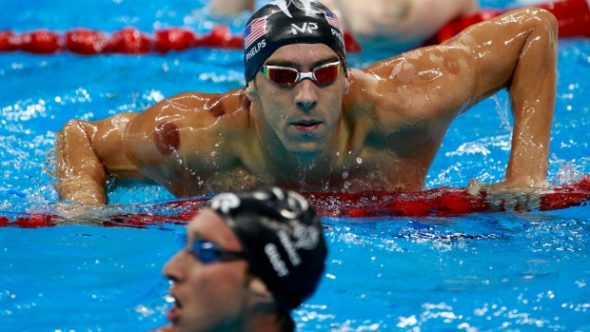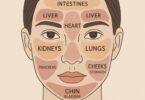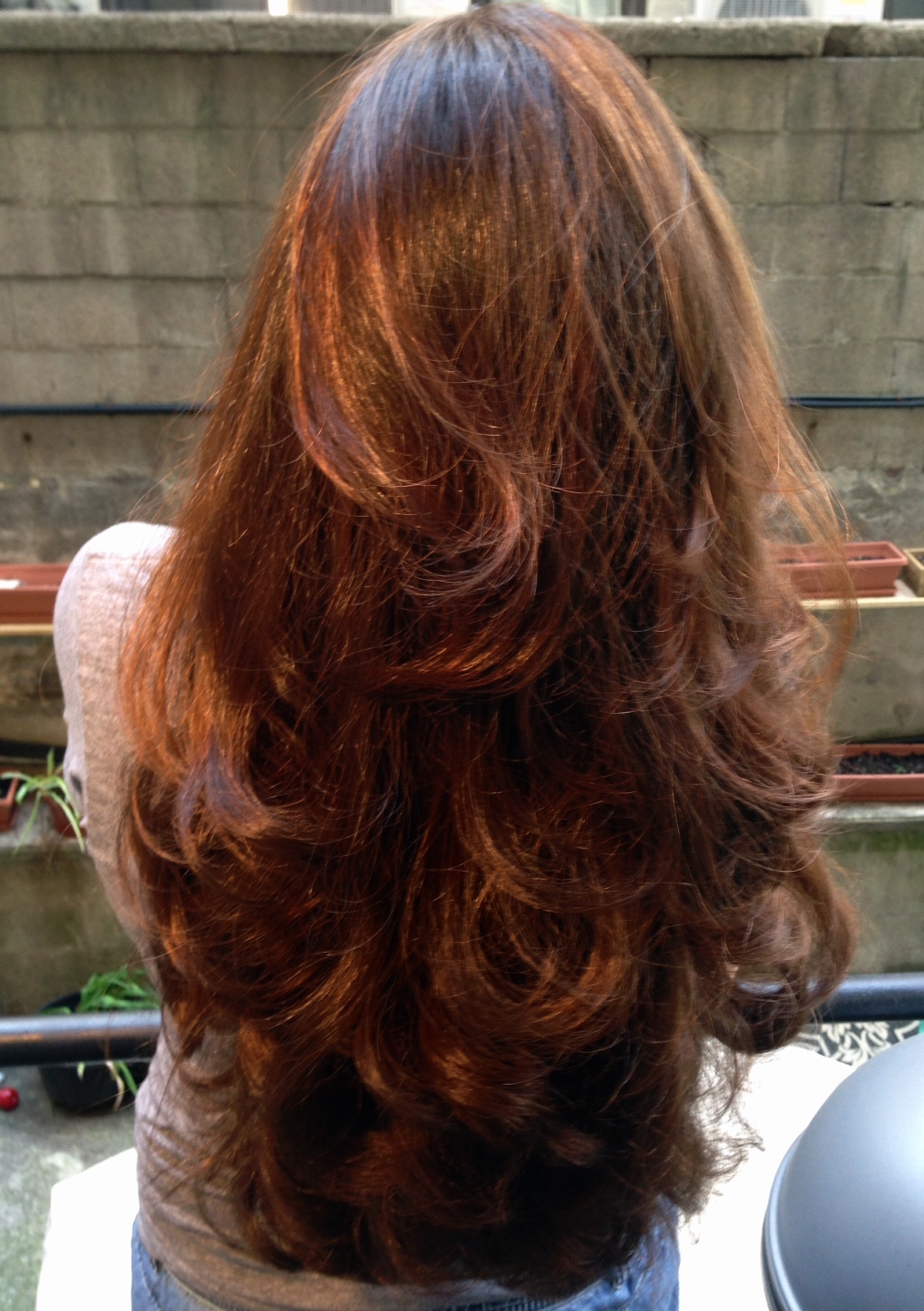What is Cupping & Why Are Olympic Athletes Doing it? But honestly.
This week, Michael Phelps was spotted poolside at the Rio Olympics with round purplish bruises on his shoulders and back — catapulting cupping into the news (yet again). Google searches for “what is cupping” and “Michael Phelps cupping” have skyrocketed over the past few days, unsurprisingly. Not since celebs like Gwyneth Paltrow and Jennifer Aniston showed up on the red carpet with similar marks has this Eastern practice gained such attention. But what is cupping, anyway?
The 21-time gold medalist isn’t the only member of team USA jumping on the cupping bandwagon, men’s gymnast Alex Naddour and sprinter LaShawn Merritt also embrace this ancient therapy. If Olympic athletes and ageless starlets do it, then it must work, right? We decided to investigate.
For starters, cupping is a traditional practice in Chinese medicine — practiced since the Tang Dynasty in China. It involves using heated glass cups to suction the skin. The theory is that this stimulates blood flow, helps relieve muscle pain and soreness, and ultimately leads to quicker recovery. Whether or not that is true, one thing is certain, cupping leaves tell-tale marks — that almost resemble hickeys. These typically fade in about two to four days, but can take up to a week.
Way before Cupping became the “trend” now.
A video posted by Natalia Ortega (@natortega) on
But does it really work? While advocates back (pun intended) its circulation-boosting, inflammation-fighting and pain-relieving abilities, whether or not it offers real physiological benefits remains unclear. Don’t get us wrong, we’ve found a myriad of articles and experts praising the practice, but like acupuncture and other alternative therapies, there isn’t conclusive scientific evidence.
Many practitioners of western medicine still question its validity, believing it simply causes a placebo effect. And on Monday night, Dr. Terry Dubrow appeared on Watch What Happens Live, and referred to cupping as “total B.S.”
READ MORE: The Best New Job Announcement EVER
The verdict: inconclusive. More studies definately need to be conducted. Whether or not you believe in its validity, one thing is for sure, cupping is having a moment. And if there’s a chance, it has anything to do with Phelps’ monumental success, we’ll give it a try.
Lindsay Cohn is a matcha-obsessed writer, with a passion for beauty and healthy living. Read more of her work over at mindbodygreen and S-Life Mag. Follow her on Twitter.









